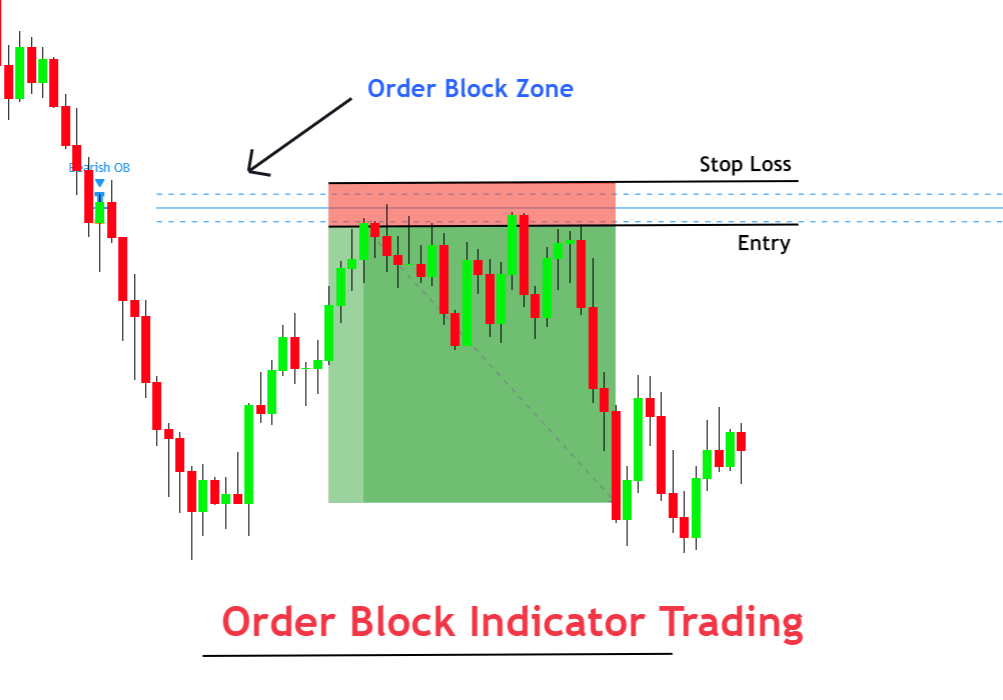How correct are technical indicators?
The accuracy of technical indicators in buying and selling varies widely relying on several elements, and it's essential for merchants to understand the restrictions and nuances related to using these indicators. Here are some key concerns regarding the accuracy of technical indicators: Indicator Type: Different technical indicators have different functions and characteristics. Some are better suited for identifying developments, whereas others are designed to identify potential reversals or overbought/oversold conditions. The accuracy of an indicator depends on how well it aligns with the present market circumstances and the trader's technique. Market Conditions: The accuracy of technical indicators can differ considerably depending on market conditions. Some indicators may carry out properly in trending markets however poorly in range-bound or choppy markets, and vice versa. Traders have to adapt their indicator decisions to the prevailing market environment. Time Frame: The time-frame of the chart being analyzed can impact the accuracy of indicators. What works on a short-term intraday chart is probably not as effective on a longer-term every day or weekly chart. Traders should choose indicators that match their preferred time frame. Lag and Delay: Many technical indicators are lagging in nature, meaning they are based mostly on past worth information. This lag may end up in delayed signals, doubtlessly causing traders to enter or exit positions later than desired. Signal Confirmation: It's common apply for traders to make use of multiple indicators to substantiate indicators. While this can improve accuracy, it can also enhance the chance of false indicators if indicators don't align.  Subjectivity: Interpreting indicator signals can be subjective, and different traders may analyze the same indicator in another way. This subjectivity can lead to varying levels of accuracy. False Signals: No technical indicator is infallible. They can produce false indicators, especially in periods of low liquidity, information occasions, or uncommon market circumstances. Market Sentiment and News: Technical indicators don't keep in mind market sentiment, news events, or elementary elements that may have a big influence on worth actions. Sudden information releases or financial events can override technical alerts. Risk Management: The accuracy of an indicator is just one facet of profitable buying and selling. Proper threat management, including setting stop-loss orders and position sizing, is essential to protect capital and manage losses. Continuous Learning: Traders must constantly study and adapt their strategies based on altering market conditions and suggestions from their buying and selling experiences. In summary, the accuracy of technical indicators is context-dependent, and there is no one-size-fits-all answer regarding their reliability. Traders ought to carefully choose indicators that align with their trading methods and goals, think about market circumstances, and use danger management techniques to mitigate potential losses. Additionally, no repaint indicator are best used along side different types of analysis, similar to fundamental evaluation, sentiment analysis, and value action analysis, to make well-informed buying and selling decisions. Ultimately, a dealer's ability, expertise, and discipline play a major position in figuring out the effectiveness of technical indicators in their trading strategy..
Subjectivity: Interpreting indicator signals can be subjective, and different traders may analyze the same indicator in another way. This subjectivity can lead to varying levels of accuracy. False Signals: No technical indicator is infallible. They can produce false indicators, especially in periods of low liquidity, information occasions, or uncommon market circumstances. Market Sentiment and News: Technical indicators don't keep in mind market sentiment, news events, or elementary elements that may have a big influence on worth actions. Sudden information releases or financial events can override technical alerts. Risk Management: The accuracy of an indicator is just one facet of profitable buying and selling. Proper threat management, including setting stop-loss orders and position sizing, is essential to protect capital and manage losses. Continuous Learning: Traders must constantly study and adapt their strategies based on altering market conditions and suggestions from their buying and selling experiences. In summary, the accuracy of technical indicators is context-dependent, and there is no one-size-fits-all answer regarding their reliability. Traders ought to carefully choose indicators that align with their trading methods and goals, think about market circumstances, and use danger management techniques to mitigate potential losses. Additionally, no repaint indicator are best used along side different types of analysis, similar to fundamental evaluation, sentiment analysis, and value action analysis, to make well-informed buying and selling decisions. Ultimately, a dealer's ability, expertise, and discipline play a major position in figuring out the effectiveness of technical indicators in their trading strategy..